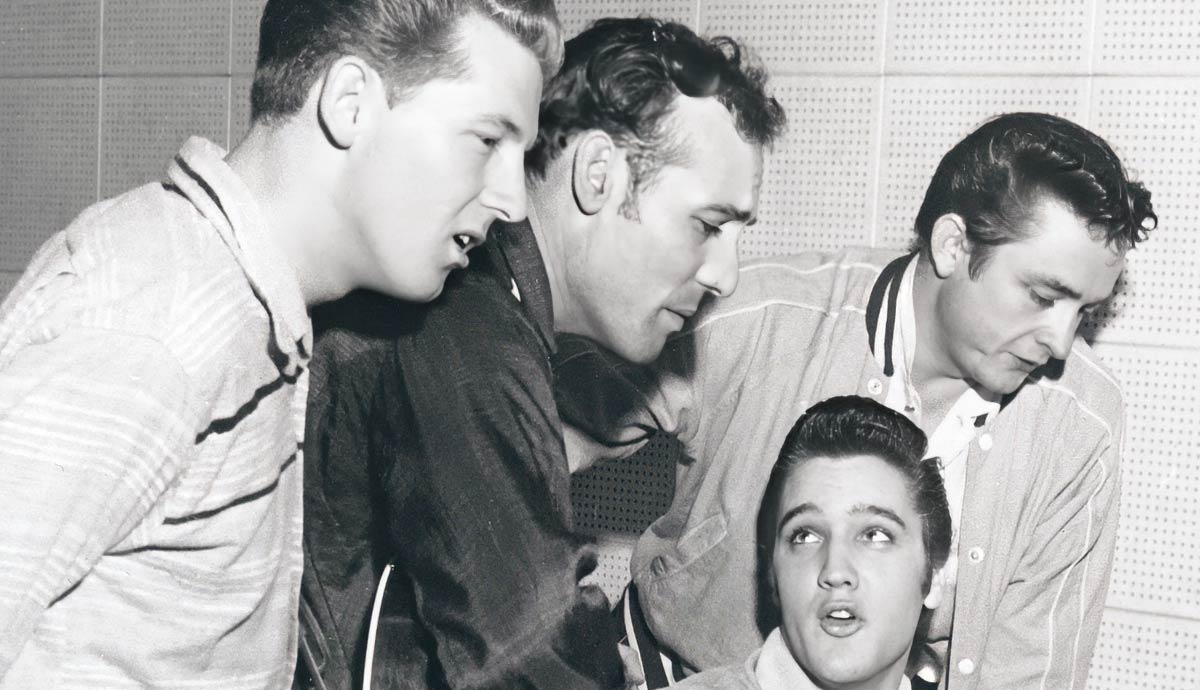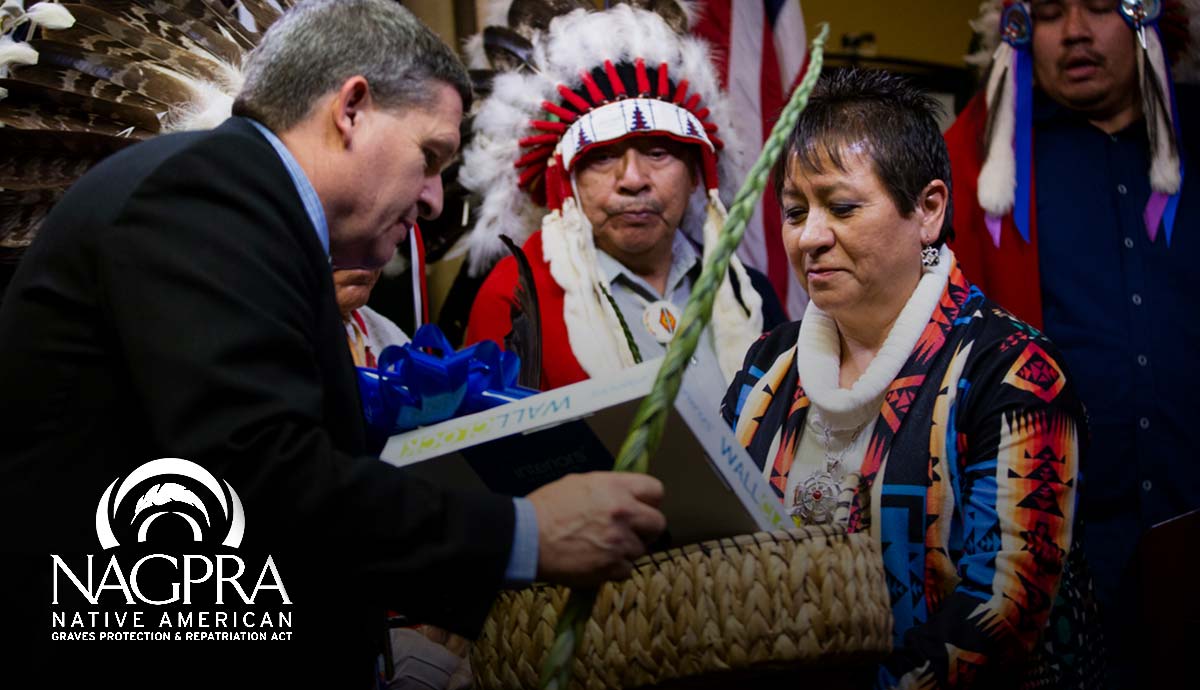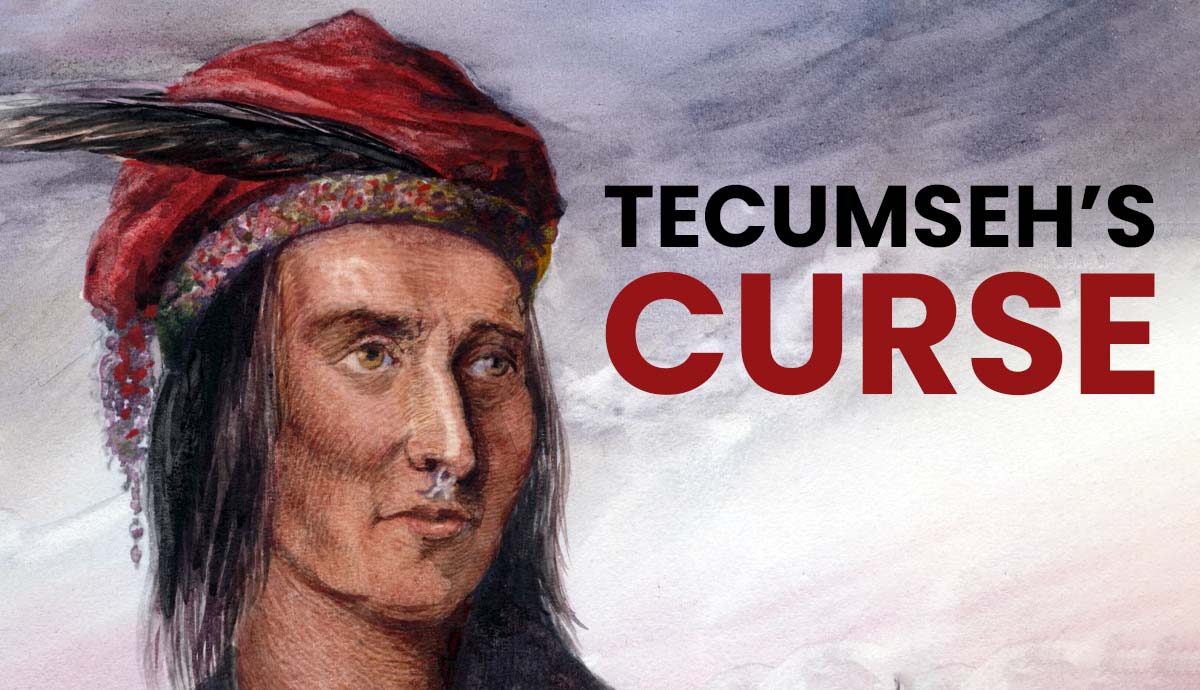
When Sam Phillips launched his record company in 1952, he was optimistic. He hoped to harness local creativity and bring Memphis’ diverse music scene to the world at large. Little did he know, he would discover some of the biggest names in music history and alter the face of recording history forever while fighting to develop his independent record label amid a growing Tennessee music industry. The artists who got their start at Sun would go on to create and cross genres, make headlines, and win countless awards. Here’s a look at the 4 most important artists to work with Sun Records.
A Quick History: Sun Rises

Sam Philips, the visionary founder of Sun Records, was born in 1923 in Alabama. He spent his young working life as a disc jockey, announcer, and broadcast engineer before opening Memphis Recording Service in 1950. He recorded several local blues artists under this label, including B.B. King. Two years later, he rebranded as Sun Records, the name reflective of “a new day and a new beginning.” Sun quickly gained a reputation as a respectful and honest label that was non-critical and welcoming to local artists. To make ends meet, Phillips offered recording services to anyone who wanted to record a special message or song for a birthday, for instance, at the price of $1.99. He also recorded weddings and other special events.

Sun would face its hardships, coming of age in an era where independent record labels were plenty, and the music scene was rapidly evolving. However, it has gone down in history as recording what experts consider the first rock and roll song and launching the careers of some of the most famous rock, rockabilly, and country singers of all time.
1. Elvis Presley

In 1953, 18-year-old Elvis Presley was working as a truck driver for Crown Electric in the Memphis area. He loved to sing but was shy. His mother loved his voice, and as a birthday gift for her, he decided to take advantage of Phillip’s $1.99 recording offer. He visited Sun and covered two ballads, “My Happiness” and “That’s When Your Heartaches Begin.”
Whether or not Phillips was present for this initial visit is of some dispute. Phillips’ longtime secretary, Marion Keisker, said he was not and that she made a note of Elvis’ name for her boss, as he had been looking for someone with a similar sound. However, Phillips said in later interviews that he was present during Elvis’ first visit and instantly knew he had something special. Regardless of when he first heard Elvis sing, Philips knew he wanted to hear more.

Elvis was invited back to the Sun studio in 1954 to jam with guitarist Scotty Moore and bassist Bill Black. The trio experimented with a variety of country and pop songs with Phillips. During a break, Elvis broke into an impromptu version of “That’s All Right,” a blues song by Arthur Crudup. Phillips asked him to repeat the song and recorded it. He gave the recording to his friend Dewey Phillips (no relation), a local radio DJ, and Dewey played it on his station that night. Listeners were instantly calling in, requesting that the song be played again and again. The rest was history.

Sun Records would release five singles from Elvis Presley over the next year. However, financial troubles came calling, and Sam Phillips found his company in need of capital. He then sold Elvis’ recording contract to RCA in November 1955 for the price of $35,000, the highest price ever paid for a pop artist to that date. Though Elvis went on to be wildly successful, Phillips said he never regretted the decision. Sun’s popularity would continue to surge, and Elvis and Phillips remained friends.
2. Johnny Cash

Gifted with natural talent, John R. Cash bought his first guitar for $5 and wrote a number of songs that would later rocket him to fame while he was living in Germany during his stint in the US Air Force. Upon the conclusion of his deployment, Cash and his wife Vivian settled in Memphis, where he worked as an appliance salesman and formed a band, the Tennessee Two, with friends Luther Perkins and Marshall Grant.
Cash approached Sam Phillips multiple times and was repeatedly turned down for an audition. He finally convinced Phillips to let him and his band play for him, and they performed several gospel songs live. Phillips told him to “go home and sin, then come back with a song I can sell.”
Cash was persistent and kept coming back with more material. Eventually, Phillips was convinced, and Johnny Cash was signed to Sun Records in 1955. The band’s first recordings were “Hey Porter” and “Cry Cry Cry.” The second single, “Folsom Prison Blues,” which Cash had written in Germany after watching a movie called Inside the Walls of Folsom Prison, rocketed to Country Top 5.

Cash became the first Sun artist to release a long-playing album. After reigning as Sun’s consistently best-selling artist for a time, Cash signed with Columbia Records in 1958, going on to sell over 90 million albums over a fifty-year career and infiltrating both the country and rock charts. Recording right up to his advanced years, Cash passed away in September of 2003 from complications from diabetes.
3. Carl Perkins

Rockabilly pioneer Carl Perkins wrote “Blue Suede Shoes” on Johnny Cash’s suggestion after the two laughed over a teenage fan growling at his female companion not to “step on” his “suedes” while Perkins played at a dance. Perkins, who already had a few hits on the Sun label after joining Phillip’s posse in 1955, recorded the boogie in two takes in December of that year, and it crossed genres, playing on country, blues, and pop stations across the country. He reached number 2 on the Billboard Hot 100 charts, trailing just behind Elvis’ “Heartbreak Hotel.” Presley went on to record his own version of the song but wouldn’t release it until Perkins’ run with the song was complete.

Perkins sold over one million copies of the song by April and followed its success with several more songs that would come to be known as rockabilly standards, including “Everybody’s Trying to Be My Baby.” However, none of them would reach the peak that “Blue Suede Shoes” did, and Perkins also moved to Columbia Records in 1958. His career experienced a series of ups and downs after that, including losing two brothers who were also bandmates, recording with the Beatles, opening for Johnny Cash, and a residency at a Las Vegas casino.

Despite never achieving a hit album like his contemporaries at Sun, Carl Perkins always maintained that he was satisfied with his career and with life in general. Sam Phillips would be the one to induct Perkins into the Rock & Roll Hall of Fame in 1987. He married his wife Valda in 1953, and the two remained together until his death in 1998. The couple had three sons, one daughter, and ten grandchildren. He died from complications from a series of strokes.
4. Jerry Lee Lewis

Seemingly attempting to live up to his nickname “The Killer,” Jerry Lee Lewis seemed to capture all of the rebellious attitude that early rock & roll had to offer. At age 21 in 1956, Lewis walked into the Sun Records studio and demanded an audition with Sam Phillips. His timing couldn’t have been better, as this was just after Sun had sold Elvis’ contract and was in need of a new star to take his place.

Lewis’ first big hit was “Whole Lotta Shakin’ Goin’ On,” released in April 1957. The song hit #3 on the pop charts and sold six million copies. In November, he followed it up with another one of his most notable hits, “Great Balls of Fire,” which was written by Otis Blackwell, the man who was also responsible for Elvis’ hits “All Shook Up” and “Don’t Be Cruel.” Lewis was a theatrical and talented piano player, often kicking his piano bench aside and standing up while tossing his hair and dancing. Audiences loved his wild performances. He also worked as a studio musician for Phillips.

However, Lewis’ star would fall, and his relationship with Sun suffered as a result. As he headed on tour through Britain in 1958, reporters discovered that the young lady traveling with him was thirteen years old and married to Lewis. Not only this, Myra Gale Brown was his cousin, and Lewis had still been married to his second wife when he took up with Brown. Though Brown seemed perfectly fine with the arrangement and Lewis defended his marriage, he cut his tour short and headed home to find that a scandal had erupted and followed him across the Atlantic.
Sun was hesitant to promote his future work, and their relationship ended in 1963, during which time many radio stations refused to play Lewis’ music, and concerts were few and far between. His career would see a redemption in the late 1960s when he rebranded as a country artist. However, heavy drinking and drug use began to take their toll in the 70s and 80s, and he experienced a number of troubles in his life. He passed away in 2022, survived by his seventh wife and four children (one son predeceased him).










